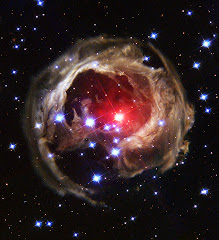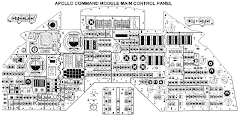Most scientists believe the amount of atmospheric oxygen was insignificant up until about 2.4 billion years ago when the Great Oxidation Event (GOE) occurred. This seemingly sudden jump in oxygen levels was almost certainly due to cyanobacteria – photosynthesizing microbes that exhale oxygen. When and how the oxygen-exhalers appeared is uncertain, due to the fact that the GOE was a complicated crossroads of global freezing, mineral upheavals and the flourishing of new species.
To help sort out the geologic plotline, Papineau is studying banded iron formations (BIFs), sedimentary rocks that formed at the bottom of ancient seas.
Papineau's research, which is supported by the NASA Exobiology and Evolutionary Biology Program, is focusing on specific minerals in the BIFs that may be tied to the life (and death) of ancient microbes.
To verify this, Papineau's team will be studying the BIF carbon and comparing it to other carbonaceous-mineral associations known to be of non-biological origin, including minerals found in a Martian meteorite.Kappler believes that studying the origin of the oldest BIFs could tell us when life evolved the ability to breathe out oxygen and thereby change the world forever.
By Michael Schirber, Astrobiology Magazine
www.livescience.com























No comments:
Post a Comment